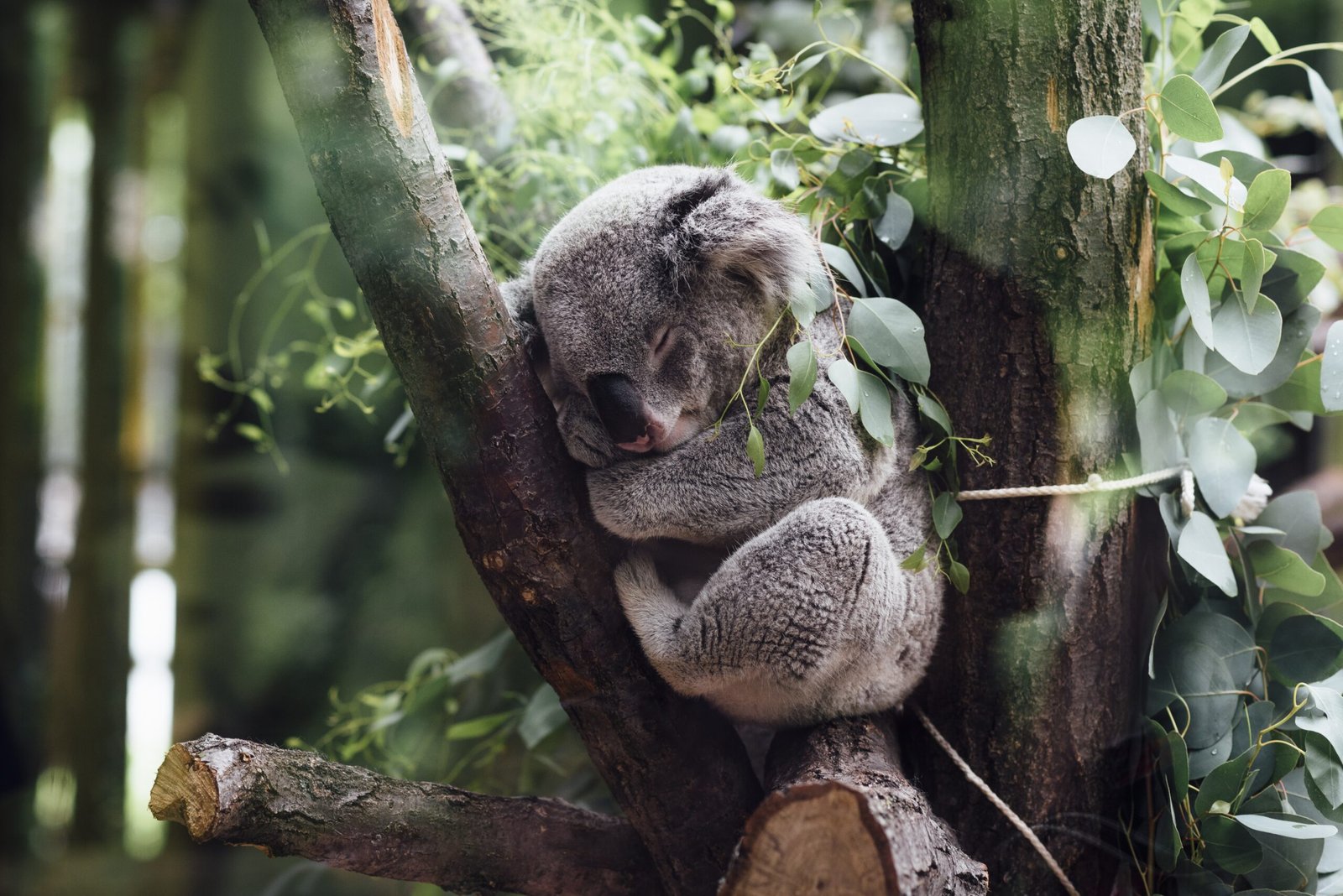So, you’ve found yourself the proud owner of an Indian ornamental tarantula, huh? Don’t worry, we’ve got you covered! In this article, we’ll guide you on how to handle and care for this elusive and venomous arachnid. From creating the perfect habitat to handling it safely, we’ll provide you with all the essential information you need to ensure your Indian ornamental tarantula thrives under your care. Let’s dive in and explore the fascinating world of tarantula care!
H2: Housing and Enclosure
Caring for an Indian ornamental tarantula starts with providing a suitable housing and enclosure for the spider. Choosing the right enclosure is essential to create an environment that mimics the tarantula’s natural habitat and meets its needs for space and security.
H3: Choosing the Right Enclosure
When selecting an enclosure for your Indian ornamental tarantula, it’s crucial to consider its size, material, and ventilation. The enclosure should be large enough to allow the tarantula to move around comfortably and exhibit natural behaviors. A glass or acrylic terrarium is a popular choice as it provides visibility and insulation. Ensure that the enclosure has a secure lid or door to prevent any escapes.
H3: Setting Up the Enclosure
To create a suitable living space for your Indian ornamental tarantula, you’ll need to set up the enclosure thoughtfully. Start with a substrate that simulates the tarantula’s natural environment. A mix of coconut fiber, vermiculite, and peat moss works well as it retains moisture and provides a soft surface. Place a shallow water dish in the enclosure to maintain humidity levels.
Add some vertical elements such as branches or cork bark for the tarantula to climb on. These provide both exercise opportunities and hiding places. Additionally, consider adding artificial plants or foliage to create a more naturalistic environment.
H2: Temperature and Humidity
Maintaining the ideal temperature and humidity levels is crucial for the well-being of your Indian ornamental tarantula. These factors play a significant role in regulating the spider’s metabolic processes and overall health.
H3: Maintaining the Ideal Temperature
Indian ornamental tarantulas thrive in a temperature range of 75 to 85 degrees Fahrenheit (24 to 29 degrees Celsius). It’s important to provide a stable and consistent temperature within this range throughout the enclosure. You can achieve this by using a heat mat or heat lamp placed on one side of the enclosure. Ensure that the heating element is not too close to the tarantula to avoid overheating.
H3: Providing Adequate Humidity
Tarantulas, including the Indian ornamental, require specific humidity levels to support their respiratory function and hydration. Aim for a humidity level between 70% and 80% in the enclosure. Mist the enclosure daily with dechlorinated water to maintain humidity or use a reptile humidifier if necessary. The water dish in the enclosure will also contribute to the overall humidity levels.

H2: Lighting and Photoperiod
While Indian ornamental tarantulas are primarily nocturnal creatures, providing appropriate lighting and establishing a photoperiod can still be beneficial for their well-being.
H3: Selecting Appropriate Lighting
Since Indian ornamental tarantulas are not reliant on UVB lighting like reptiles, a simple low-level light source or ambient room lighting is sufficient for their needs. Avoid exposing the tarantula to direct sunlight, as it can lead to overheating and stress. Indirect lighting from a nearby room or a low-wattage bulb can provide a natural day-night cycle.
H3: Establishing Photoperiod
To mimic the natural day-night cycle, provide a consistent photoperiod for your Indian ornamental tarantula. Aim for around 12 hours of light and 12 hours of darkness in a 24-hour period. This regular cycle helps the tarantula maintain its natural behavior patterns and promotes a healthy circadian rhythm.
H2: Substrate and Furniture
Choosing the right substrate and adding appropriate furniture and hides to the enclosure are essential aspects of providing a comfortable and enriching environment for your Indian ornamental tarantula.
H3: Selecting the Right Substrate
The substrate you choose plays a crucial role in maintaining the tarantula’s humidity levels and overall well-being. A mixture of coconut fiber, vermiculite, and peat moss provides a suitable substrate that retains moisture and allows for burrowing. Ensure the substrate is deep enough for the tarantula to bury itself if desired.
H3: Adding Furniture and Hides
Indian ornamental tarantulas are known for their arboreal nature, so it’s important to provide vertical elements and hiding spots in their enclosure. Place sturdy branches or cork bark pieces vertically to simulate trees or perches. Additionally, include artificial plants or silk foliage to provide cover and create a more naturalistic environment. Hides such as small wooden boxes or commercially available tarantula shelters can also offer security and a sense of safety for your pet.

H2: Feeding and Nutrition
Providing a balanced and nutritious diet is crucial for the health and well-being of your Indian ornamental tarantula. Proper feeding techniques and a suitable feeding schedule will ensure your pet receives the nutrients it needs.
H3: Choosing the Right Food
Indian ornamental tarantulas are carnivorous and primarily prey on insects and other small arthropods. Their diet should consist of appropriately-sized live prey such as crickets, roaches, and mealworms. It’s essential to provide diverse prey items to ensure a varied nutrient profile. Avoid feeding wild-caught insects as they may carry parasites or pesticides.
H3: Feeding Schedule and Technique
In general, adult Indian ornamental tarantulas can be fed once or twice a week, while younger individuals may require smaller but more frequent meals. Observe your tarantula’s feeding response to determine the appropriate feeding schedule. Ensure the prey items are of an appropriate size and are alive to stimulate natural hunting behavior. Remove any uneaten prey after a few hours to prevent it from injuring or stressing the tarantula.
H2: Handling and Safety
Handling an Indian ornamental tarantula requires caution and understanding of its behavior and potential risks. While these tarantulas are not aggressive, their venomous nature necessitates safe handling techniques.
H3: Understanding Tarantula Behavior
Indian ornamental tarantulas, like other species, have unique behavioral characteristics that you should be familiar with. They are generally skittish and may exhibit defensive behaviors if they feel threatened. Avoid sudden movements or loud noises around the tarantula to prevent stress or aggression.
H3: Safe Handling Techniques
Handling an Indian ornamental tarantula should only be attempted by experienced individuals. It is advisable to use a soft paintbrush or long forceps to guide the tarantula into a secure container for maintenance tasks such as cleaning or transferring to a new enclosure. Avoid direct contact with the tarantula unless necessary and wear protective gloves if you need to handle the spider directly. Always prioritize your safety and the well-being of the tarantula.

H2: Cleaning and Maintenance
Regular cleaning and maintenance are necessary to ensure a hygienic and safe environment for your Indian ornamental tarantula.
H3: Regular Cleaning Routine
Cleaning the enclosure should be a part of your regular maintenance routine. Remove any uneaten prey, shed exoskeletons, or feces promptly to prevent mold or bacterial growth. Spot clean the substrate as needed and replace it entirely every few months to maintain cleanliness and prevent odor.
H3: Maintaining Enclosure Conditions
Apart from regular cleaning, it’s important to monitor and maintain the enclosure conditions to ensure the tarantula’s well-being. Regularly check and adjust temperature, humidity, and lighting levels to meet the tarantula’s requirements. Inspect the enclosure for any signs of wear or damage, such as cracks in the glass or gaps in the lid, and make necessary repairs or replacements.
H2: Health and Wellness
Closely monitoring the health of your Indian ornamental tarantula is crucial for early detection of any illness or health issues.
H3: Recognizing Signs of Illness
Being aware of the signs of illness in your Indian ornamental tarantula can help you identify problems early. Look out for symptoms such as abnormal behavior, loss of appetite, lethargy, excessive webbing, or visible physical abnormalities. If you notice any concerning signs, consult a veterinarian with experience in exotic pets and tarantula care.
H3: Common Tarantula Health Issues
Indian ornamental tarantulas, like other tarantula species, may be prone to certain health issues. These can include dehydration, mites, fungal infections, and issues related to molting. Maintaining appropriate temperature, humidity, and substrate conditions, along with a balanced diet, can help prevent some of these common health problems.

H2: Mating and Reproduction
Understanding the mating and reproduction process of Indian ornamental tarantulas is important if you intend to breed them.
H3: Identifying Mature Specimens
To successfully breed Indian ornamental tarantulas, it is crucial to identify mature individuals. Mature males can be distinguished by their bulbous pedipalps and emboli, which are essential for sperm transfer. Mature females, on the other hand, typically have a larger abdomen and may display receptive behavior.
H3: The Mating Process
Once you have identified a mature male and female, careful introduction and monitoring are necessary for successful mating. Provide a spacious enclosure for the pair, ensuring both have enough hiding places. Remove any uneaten prey and place the male in the female’s enclosure. Observe their behavior closely, and if mating occurs, carefully separate them afterward to avoid any potential aggression. It’s essential to research and consult with experienced breeders for detailed guidance on the mating process.
H2: Potential Risks and Precautions
Handling venomous tarantulas like the Indian ornamental comes with certain risks, and taking necessary precautions is crucial for your safety.
H3: Handling Venomous Tarantulas
As venomous creatures, Indian ornamental tarantulas have the potential to inflict painful bites. It is strongly advised to avoid handling them unless absolutely necessary or if you have experience and training in handling venomous species. If handling is required, wear protective gloves and exercise extreme caution.
H3: Safety Measures and First Aid
In the event of a tarantula bite, it’s important to remain calm and seek immediate medical attention if necessary. Clean the wound with mild soap and water and apply a sterile bandage. If any severe symptoms such as difficulty breathing or an allergic reaction occur, call emergency services immediately. Always have a basic first aid kit accessible and familiarize yourself with proper first aid procedures for potential spider bites.
Caring for an elusive and venomous Indian ornamental tarantula requires dedication, research, and a thorough understanding of its specific needs. By providing a suitable enclosure, maintaining optimal temperature and humidity, and following safe handling practices, you can create an environment that ensures the health and well-being of this fascinating species. Remember to prioritize both your safety and the tarantula’s welfare throughout your journey as a responsible keeper.

